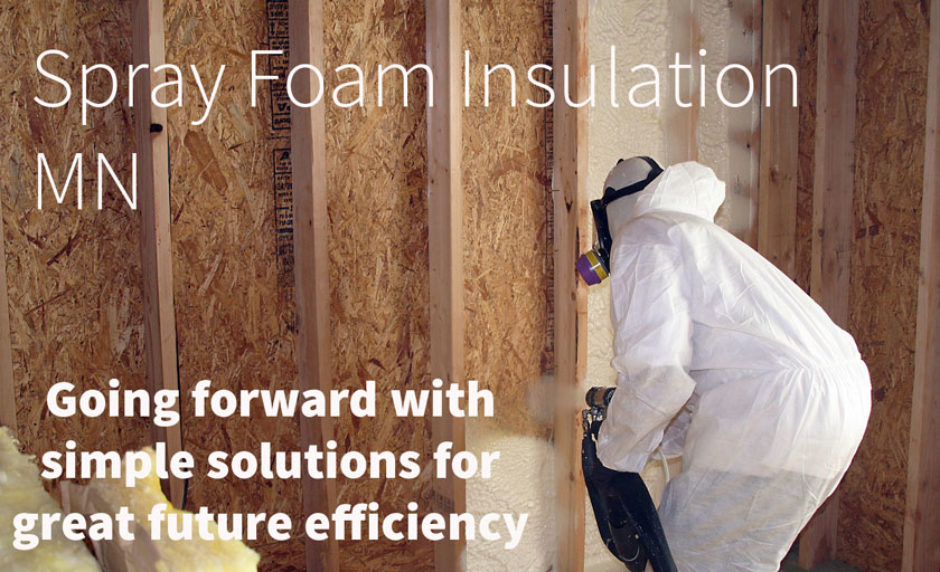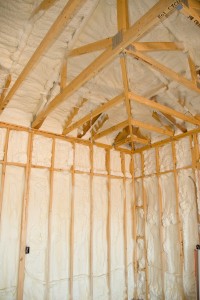Attic Insulation is Our First Step
If your home is new, or existing, you need to consider the most forgotten part of a home construction or renovation project-your attic insulation! Today we are very lucky, as we can completely tighten and seal our homes with a great ecological material: FOAM! The home can be a new construction, but even better, you can get foam added to existing homes, with minimal installation costs and disruption. Adding foam will seal and find all the leaks, air pockets, and crevices that ordinary fiberglass insulation will miss. It is not going to create a vapor barrier problem, mold problem or issue with your existing walls on the interior of your home, as it is the vapor barrier, and the mold barrier. All electrical, computer wiring, plumbing and other utility coursing through your home will be unaffected by the soft blanket of foam that will fill the voids in your walls and attic insulation.
Foam for your Attic Insulation
Foam insulation in the Attic will not work the best, as it needs to be the buffer or blanket from the warm/cold areas of your home, and create a good insulation for your roof. Cellulose works best to create this blanket on the floor of your attic. If you have a new construction in your home, and the ceiling goes right to the roof, like the picture above, you will be able to use foam to insulate. Most cold weather locations, have the attic buffer, as the difference in temperatures is very large. Whether hot out or cold outside, the key is to keep the attic the same temperature as the roof, and keep the heat in the home, or cold air conditioning in the home. The fact is, that home construction relies on keeping pressure the same outside and inside the home, and keeping a buffer between wind and changes on the outside of the home.
Add more of a blanket to the floor of your attic, and seal all the ceiling areas in your home, you should find that all will be better for your roof line. All light fixtures, in the ceiling, can be a leak of heat into the attic, creating a temperature that is closer to the living areas of the home, which is less than ideal. Adding a seal with foam, or weather stripping around ceiling light areas, skylights, or any roof penetrations, will enable all insulation to work better, and will save you money.
Attic Insulation will Save you Money
Add attic insulation and you will save around 25% of your energy costs, whether through heating and or cooling costs. Imagine, if you spend around $1500 to add some insulation to your attic, you will get that money back in around 2 years. The savings to your $3000 a year heating and cooling costs per year would be around $750 a year! What would you be able to do with that amount each year? The savings will be even more when you consider that your home will not be damaged by ice dams on your roof, your furnace and air conditioner will work less, and you will be able to be less reliant on energy costs as the costs rise. Attic insulation is the best way to save money, and you can count on 25% of your heating and cooling costs to drop from your bottom line.

